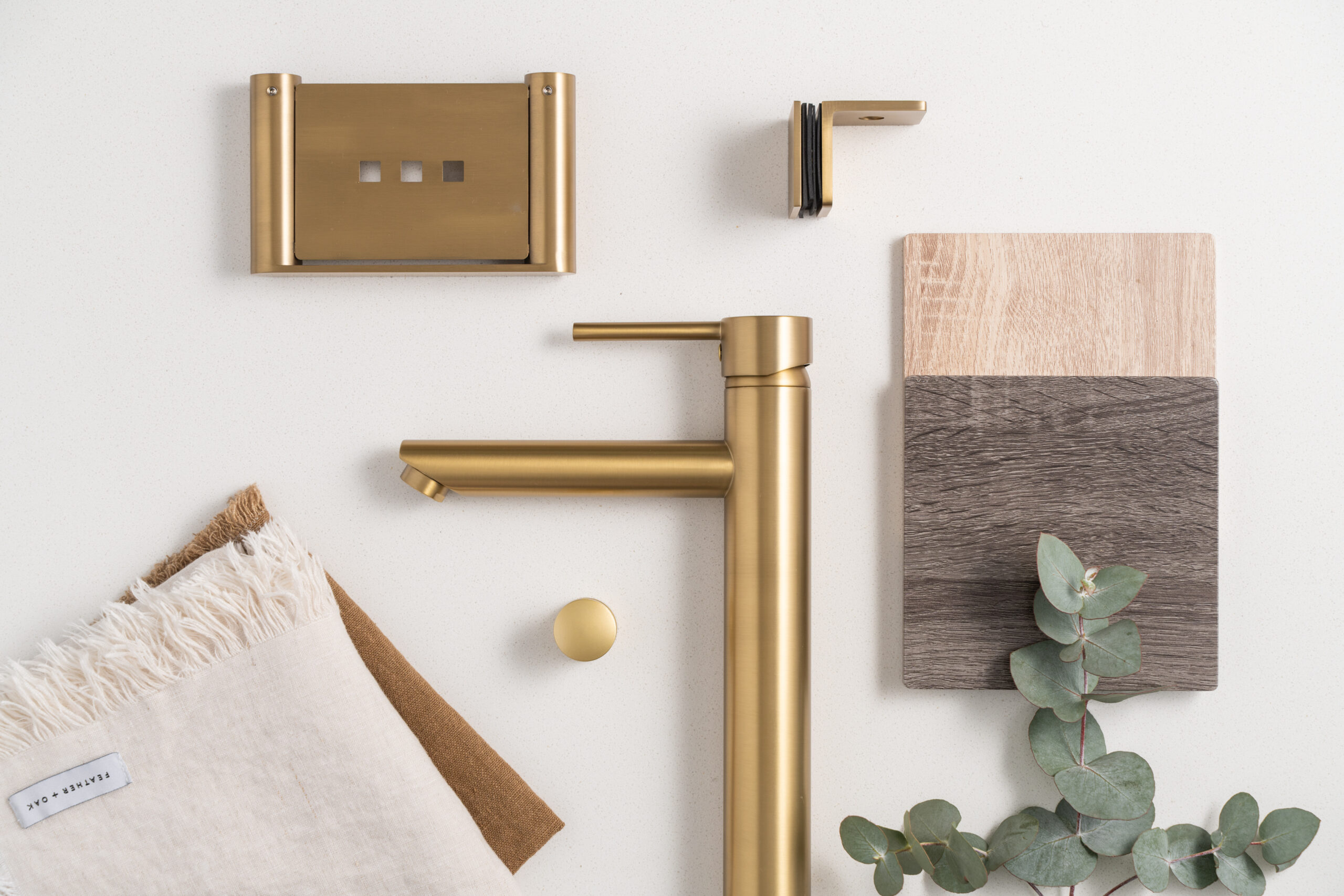An oil diffuser is a device that breaks essential oils down into smaller molecules, dispersing them into the air for a pleasant or calming effect depending on the type of oil that you put into the diffuser. It gained widespread attention and many household owners make no hesitation to give this fancy gadget a shot. But are your oil diffusers working in their top conditions? In fact, an unclean diffuser can lead to ineffective diffusion, leaving your environment less scented than desired – not to mention the possibility of a stale smell from bacterial growth! To keep your diffuser running smoothly and at its best, it is recommended to do regular essential oil diffuser cleaning. So, how to clean an oil diffuser? Let’s see the best way to clean diffuser.
How Often to Clean an Essential Oil Diffuser
While some people suggest cleaning a diffuser after every use, other experts say a good rule of thumb is to clean diffuser at least once a week or every time you change your oils. Depending on how often you use your diffuser, deep cleaning your diffuser 1-2 times a month would work wonders on maintaining the smooth operation of your device as well as removing any dust, build-up, and also preventing mold from forming.

How to Clean an Essential Oil Diffuser
Clean an oil diffuser can be divided into two situations: between uses and after extended use. So let’s look at the steps for each one.
How to Clean an Essential Oil Diffuser After Each Use
Every time you use the essential oil diffuser, it is recommended that you need to know how to clean oil diffuser mold and clean it properly.
- Unplug your diffuser before attempting to clean it. It should not be plugged into a power source.
- Empty and clean the reservoir to avoid mold from developing. Use a soft wet cloth with water and a tiny amount of natural dishwashing detergent to wipe out the reservoir.
- Clean the ultrasonic plates or chips with a cotton swab dipped into rubbing alcohol to remove excess oil build-up. Besides rubbing alcohol, you can also clean a diffuser with baking soda – combine equal parts vinegar and baking soda in a small bowl, then clean the mold spots with a q-tip. Be careful not to touch the ultrasonic plates/heating element.
- Dry all parts thoroughly before reassembling and plugging them back into your diffuser. Do not use an electric fan for drying as this can cause damage to the device.

How to Deep Clean an Essential Oil Diffuser
Not only do you need to know how to clean out diffuser after each use, but you also need to know how to deep clean diffuser every few weeks or so.
- Be sure to unplug the appliance and empty any standing water and essential oils. Do not submerge the diffuser in water or get excess moisture into the control buttons.
- Next, fill the diffuser with plain water to half full. Then, clean oil diffuser with vinegar – add ten drops of distilled white vinegar to clean the reservoir tank. Be mindful not to use any other cleaner in the tank.
- Run the diffuser for 10 to 15 minutes to give the solution time to cut through any built-up oils in the tank.
- Unplug the diffuser, empty the solution, and use a soft cloth to dry the reservoir.
- Clean the ultrasonic chip is also important. Alcohol is helpful, and to clean oil diffuser with alcohol, use a cotton swab with rubbing alcohol to get into the crevices of the chip and remove any oils or dirt.
- Rinse all parts thoroughly with cold water and allow them to dry completely before reassembling your diffuser.
Tips on How to Keep Your Essential Oil Diffuser Clean Longer
- To maintain your essential oil diffuser properly so that it may last longer, always empty out excess water and wipe it down after use.
- You can wipe out the diffuser with a paper towel dampened with vinegar and then wipe it out again with a dry paper towel. This will prevent any leftover oil from mixing in with the next one you use, and it will also prevent any damage to the diffuser’s parts.
- Studies have shown that thyme, clove, and rosemary have anti-fungal properties, so you can consider switching to these oils to prolong the lifespan of your diffuser!
Conclusion
Not all essential oil diffusers are created equal, so some might require more attention or further care steps, so be sure to always read the instruction manual that comes with your product. Remember, the first step is always prevention, so the best way to keep your diffuser clean is to prevent it from getting dirty in the first place with constant care! We hope this helps you to know how to clean an oil diffuser and gives you a great experience with your essential oil diffuser!
FAQ about How to Clean an Oil Diffuser
The answer is yes, you can, but you should keep a few things in mind. As long as you’re using a high quality diffuser and high quality all-natural essential or aroma oils, there’s likely no risk to diffusing your oils overnight. However, if you’d like to take extra precautions, the easiest safety solution is to get a diffuser with an automatic shut off feature.
The good news is that they don’t! The standard wattage of a diffuser is 12W which is low, plus because they’re not heating anything up, they are fairly energy-efficient. So, you can rest assured that using an electric oil diffuser will not rack up your bills whatsoever!
There could be a couple of reasons why this may be happening, so take some time to run through these troubleshooting steps:
1.Ensure that your device is properly plugged in and that there is power coming from your source.
2.Check your water level. If the water is too full, the device may be unable to mist properly.
3.Check your water temperature. Ensure your water is not cold as cold water makes it difficult for the diffuser to mist.
4.Be sure to use the correct type of water. Make sure you use either filtered water, tap water, or spring water as per the instructions of your specific diffuser. Do NOT use distilled water as this affects the diffusion.
5.There may be too much oil in the water ratio. Always check the recommended water to essential oil ratio. If you add too much or too little of the oil, it may create clogs and other problems for your device.
6.Check that the air intake is not clogged. Dust, hair, debris, or even the device being placed on a soft surface that may obstruct the device’s air intake might be the cause of no mist being produced.




